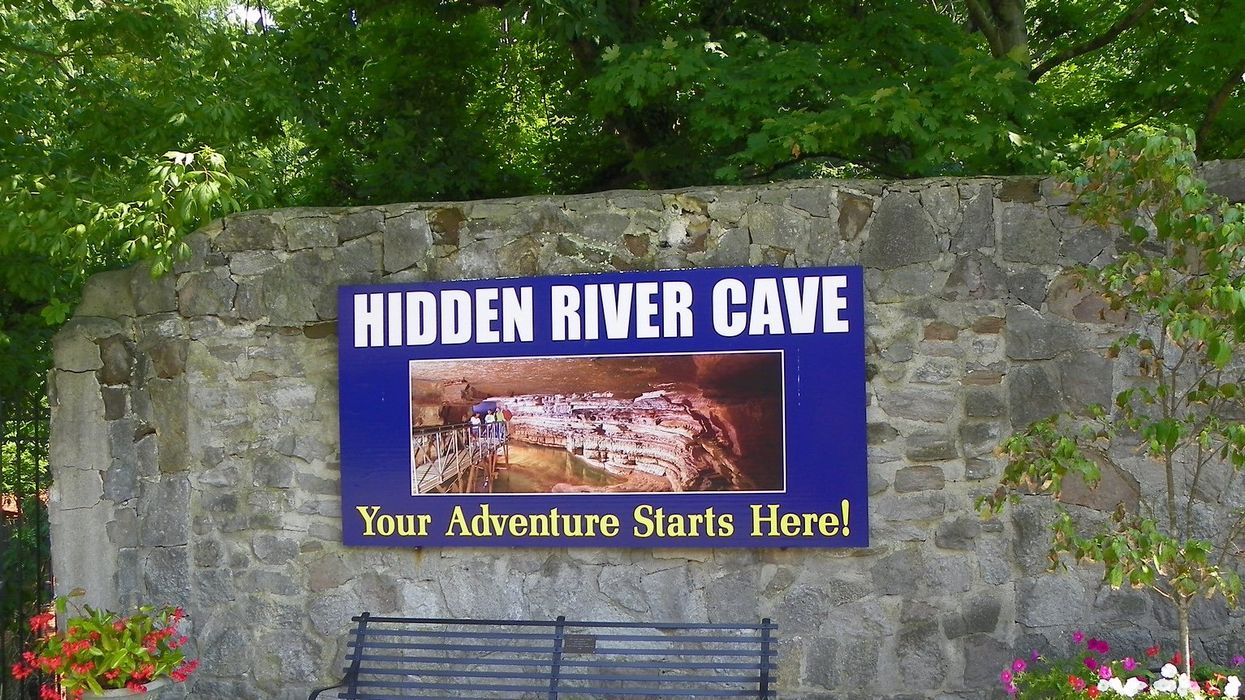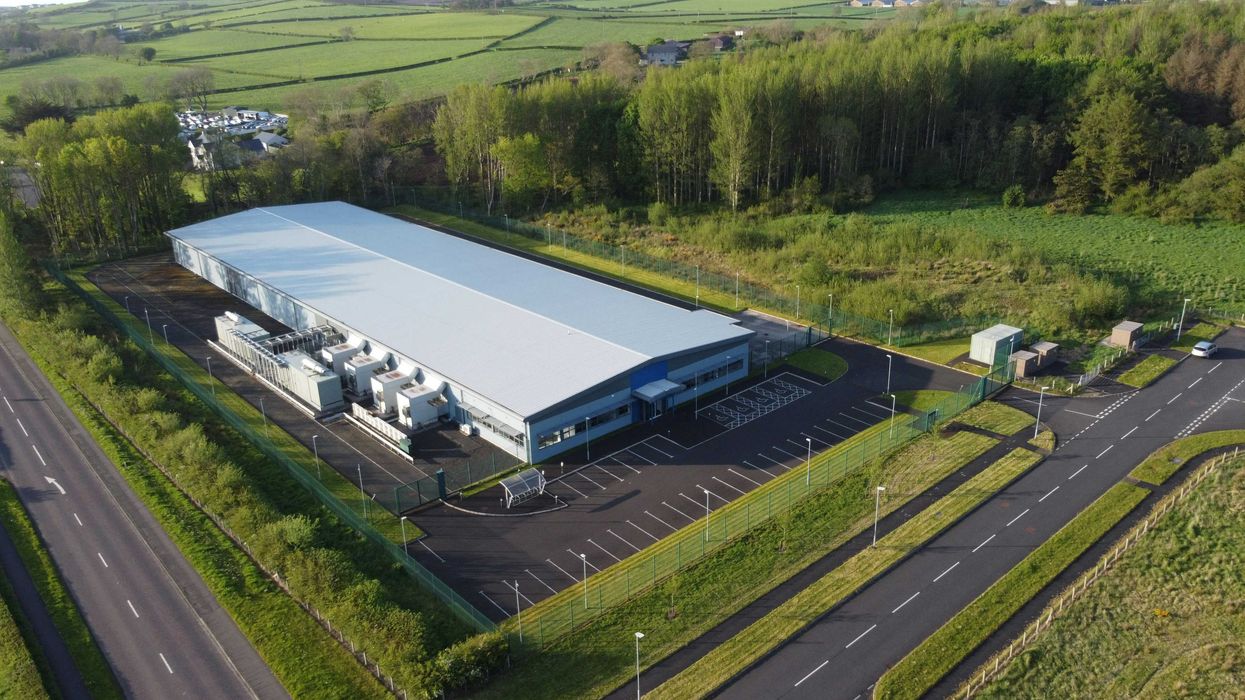A long-neglected site in Horse Cave, Kentucky, has gone from a stinking sewer to a thriving underground ecosystem drawing thousands of visitors.
Hiroko Tabuchi reports for The New York Times.
In short:
- Decades of sewage and industrial waste turned Hidden River Cave into a health hazard, fouling the town’s air and groundwater.
- A coalition of local leaders, cavers, and scientists spent years cleaning the cave and surrounding aquifers, installing modern wastewater systems and securing land protections.
- Today, the cave hosts diverse wildlife, translucent fish, and miles of newly mapped passages, becoming a center for conservation education and eco-tourism.
Key quote:
“The attitude back then was, ‘Why not let the cave be a sewer?' We needed to change that.”
— Dave Foster, Virginia cave explorer who now runs the Hidden River Cave
Why this matters:
What could have been a lingering scar on the landscape has instead become a story of transformation. Today, Hidden River Cave pulses with life and visitors come not just for the thrill of exploration, but to witness a rare win for conservation, a subterranean oasis where careful stewardship has cleaned up pollution and created new economic and educational possibilities.
Read more: What’s happening to EPA-funded community projects under Trump?
















